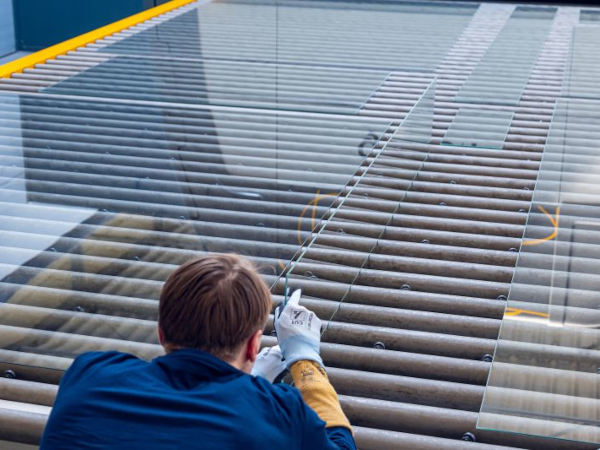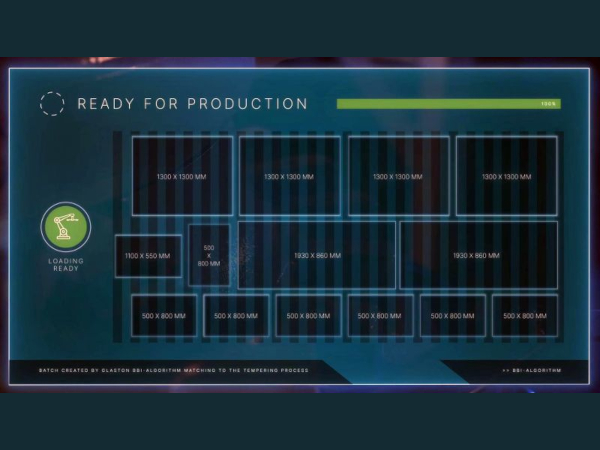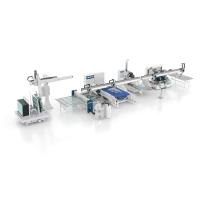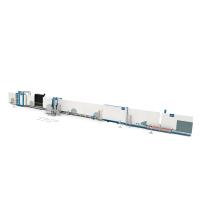But other drivers are also forcing today’s glass processors to use automation as a way to reach their long-term business targets.
Author: Mauri Saksala | Glaston
Source: glastory.net
Automation in a large scale in the glass processing field is still in its infancy, as the industry has long relied on a skilled manually operating workforce to ensure the highest quality products. However, with intensifying labor shortages and growing industry challenges, there is a great need for automation in this sector.
Benefits of processing automation
The business benefits of even partially automating a glass processing line are becoming ever more apparent. Below are just some of the biggest advantages.
Enhanced product quality
Glass processors must continuously improve their production quality to meet changing regulations and customer demands. Automation can help ensure consistency and precision in production to regularly meet high standards.
Increased capacity
Automation brings significant benefits to both large serial production and mixed production. The latest automation solutions can accomplish 90% of tasks in mixed production, allowing for a more efficient and streamlined operation.
Manually loaded batches have a typical efficiency of 30–35%. With automation, the same furnace can reach efficiency levels of up to 60%, which directly increases the potential to increase production and reduce costs.
Improved energy efficiency and reduced costs
Rising energy costs also affect the bottom line. Automation can optimize energy consumption by making processes more efficient. For instance, energy used in quenching and cooling can be reduced by up to 50% by optimizing the loading bed use.
Greater safety
Safety is paramount at every glass processing plant, requiring focused attention and dedicated resources. Automation secures a safer working environment for all personnel through minimized manual intervention.
Optimized service forecasting
Processing automation can also improve maintenance scheduling. By continuously monitoring equipment performance and capturing real-time data, state-of-the-art automation solutions predict maintenance needs more accurately, allowing for proactive scheduling and minimizing downtime.
Enhancing operator potential
Finding and retaining skilled operators has become increasingly challenging. Once trained, many operators move on to other enticing opportunities. A common motivation for introducing more automated processes is to fill this void. This also liberates operators from routine tasks to focus on more interesting responsibilities.
Your guide to glass processing automation
Processing automation is a commitment to quality, efficiency and safety. Equally important, it’s a commitment to meeting the needs of today and anticipating the requirements of tomorrow.
Delve into the newly released guide below to discover the impact of processing automation on efficiency in glass processing. Find out where to start and discover the specific areas that can be automated today.
This guide is your key to unlocking the full potential of your operations.
Would processing automation benefit you? Take this quick quiz to figure it out!














